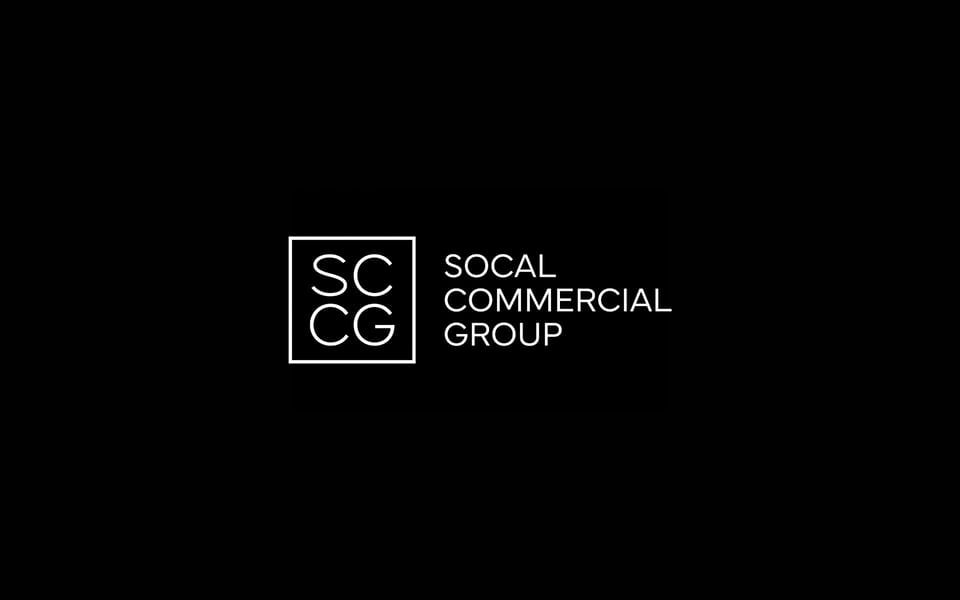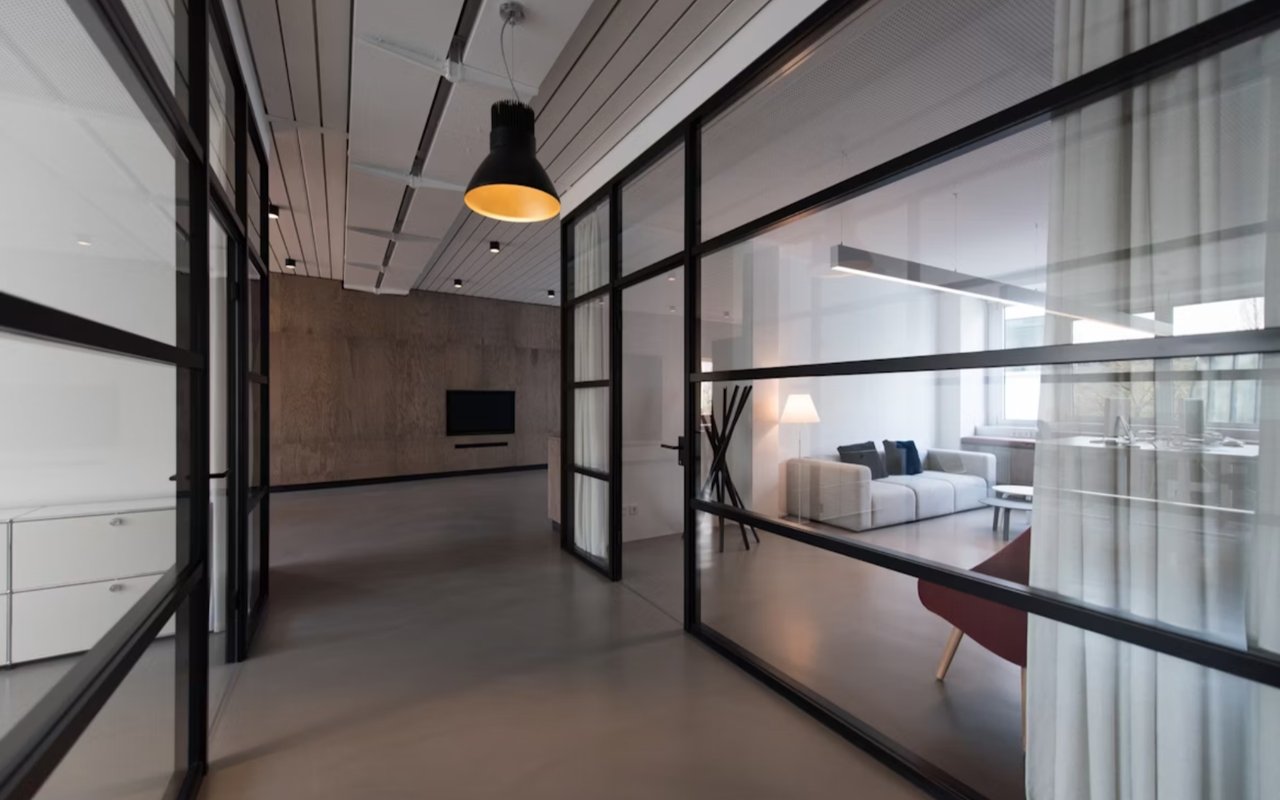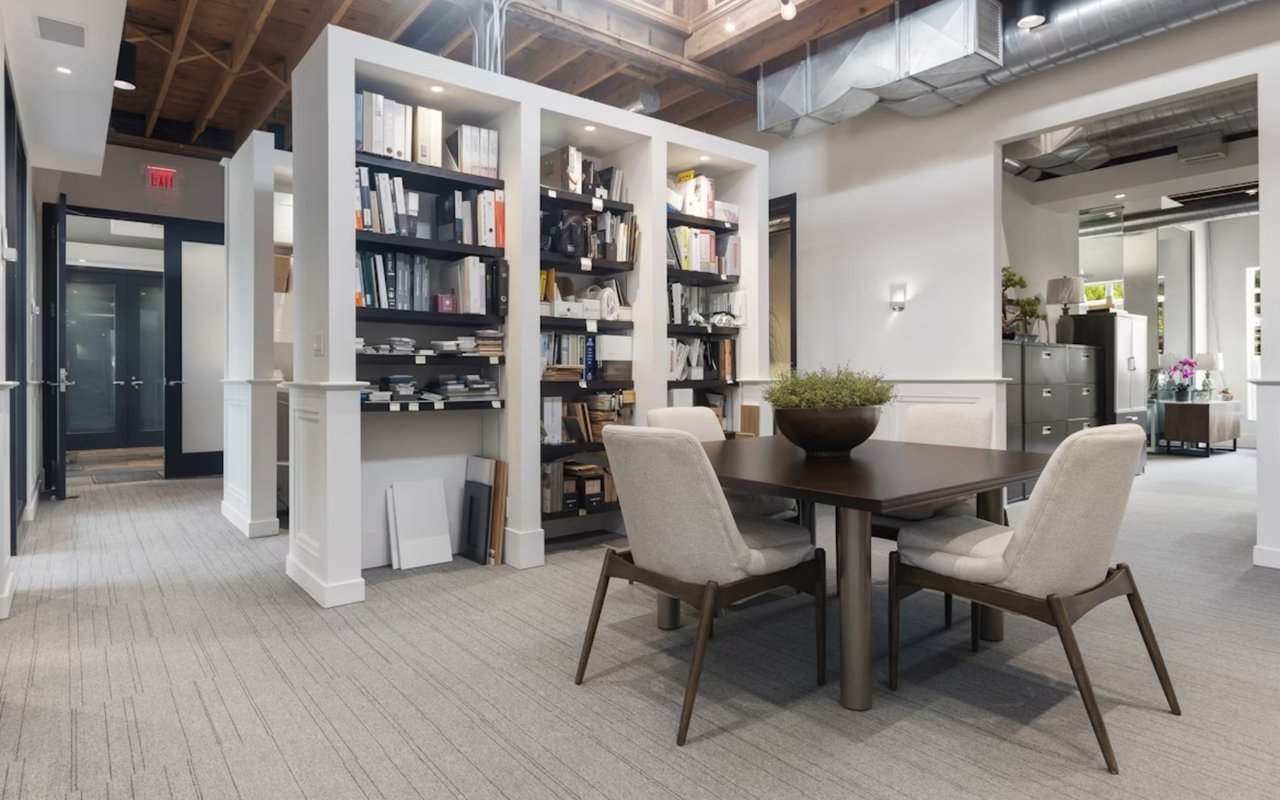Keeping a commercial property vacant in Los Angeles is more than an inconvenience. It chips away at potential returns and creates long-term setbacks for property owners. The longer a space sits empty, the more revenue is lost, and the harder it becomes to stay competitive in a fast-moving market.
The timeline for leasing commercial space in LA can vary widely. From Class A office buildings in Downtown to retail storefronts in Santa Monica or industrial units in the Valley, every listing has its own rhythm. Still, there are common threads that influence how quickly a property will lease—and what happens to your bottom line if it doesn’t.
Average Leasing Timelines in Los Angeles
The leasing process in LA often depends on asset type. A small retail storefront with high walkability might attract interest within 30 to 60 days. Class B office suites in suburban submarkets could take three to six months. Industrial spaces often lease faster, especially those near major freeways or ports, while larger creative offices or specialized medical spaces may sit longer due to niche requirements.
Economic shifts also play a role. When demand drops or tenants become more selective, timelines stretch. High interest rates or local policy changes can create temporary slowdowns. Even in high-traffic locations, unrealistic pricing or poor presentation can increase days on market.
On average, owners in Los Angeles should prepare for a commercial space to remain vacant for three to six months, depending on location, size, and condition. Properties with desirable features and competitive pricing tend to lease faster. Still, that average can change quickly based on macroeconomic conditions and shifting tenant preferences.
Economic shifts also play a role. When demand drops or tenants become more selective, timelines stretch. High interest rates or local policy changes can create temporary slowdowns. Even in high-traffic locations, unrealistic pricing or poor presentation can increase days on market.
On average, owners in Los Angeles should prepare for a commercial space to remain vacant for three to six months, depending on location, size, and condition. Properties with desirable features and competitive pricing tend to lease faster. Still, that average can change quickly based on macroeconomic conditions and shifting tenant preferences.
Vacancy Costs: More Than Just Lost Rent
The cost of vacancy in commercial space is often underestimated. While the most visible loss is uncollected rent, that’s just the beginning. Owners still pay property taxes, insurance, utilities, and sometimes association fees. Regular maintenance continues; without a tenant, those costs come straight out of pocket.
There’s also the matter of opportunity cost. Each month that a space sits empty is time that it could have been generating revenue, improving cash flow, or strengthening a long-term lease portfolio. The longer the delay, the harder it becomes to justify investment returns, especially in a competitive environment like Los Angeles.
Another layer of cost arises from perception. A property that sits on the market too long may be viewed by brokers and tenants as overpriced or flawed, even if that isn’t the case. This can lead to reduced interest, fewer tours, and eventually the need for discounts or tenant incentives to reignite activity.
There’s also the matter of opportunity cost. Each month that a space sits empty is time that it could have been generating revenue, improving cash flow, or strengthening a long-term lease portfolio. The longer the delay, the harder it becomes to justify investment returns, especially in a competitive environment like Los Angeles.
Another layer of cost arises from perception. A property that sits on the market too long may be viewed by brokers and tenants as overpriced or flawed, even if that isn’t the case. This can lead to reduced interest, fewer tours, and eventually the need for discounts or tenant incentives to reignite activity.
Strategies to Reduce Time on Market
Speeding up the leasing process begins before the listing even goes live. It starts with understanding who your ideal tenant is and what features they are looking for. In LA, this could mean improving HVAC systems in an office suite, upgrading signage visibility for retail spaces, or offering flexible configurations in warehouse units.
Competitive pricing is one of the most important factors. A space priced too high for its category or location will sit, regardless of quality. Working with local market experts helps owners avoid unrealistic expectations and position listings for maximum exposure.
Professional marketing is another key driver. High-resolution photos, updated floorplans, and virtual tours make a property more accessible. Listings that include accurate square footage, zoning details, and potential tenant uses tend to get more attention.
Incentives can also move the needle. In slower leasing environments, offering rent abatement, tenant improvement allowances, or flexible lease terms can help attract qualified tenants faster. These perks should be carefully structured to preserve long-term value.
Competitive pricing is one of the most important factors. A space priced too high for its category or location will sit, regardless of quality. Working with local market experts helps owners avoid unrealistic expectations and position listings for maximum exposure.
Professional marketing is another key driver. High-resolution photos, updated floorplans, and virtual tours make a property more accessible. Listings that include accurate square footage, zoning details, and potential tenant uses tend to get more attention.
Incentives can also move the needle. In slower leasing environments, offering rent abatement, tenant improvement allowances, or flexible lease terms can help attract qualified tenants faster. These perks should be carefully structured to preserve long-term value.
Market Trends That Influence Leasing Speed
Leasing velocity in Los Angeles has fluctuated in recent years due to broader economic pressures. Remote work and hybrid office models have reshaped the demand for traditional office spaces. At the same time, the rise of e-commerce has kept industrial space in high demand, especially in submarkets like Vernon, Commerce, and the Inland Empire.
Retail has also adapted. Neighborhood centers with grocery anchors remain strong, while some lifestyle centers have shifted toward experiential tenants to fill larger vacancies. Leasing timelines for retail depend heavily on foot traffic, co-tenancy, and nearby population growth.
Flexibility is the common theme. Landlords who adjust to evolving tenant needs tend to lease faster. This includes being open to shorter lease terms, creative space use, or minor buildout adjustments. Those who resist changes may face longer periods of vacancy, which carry real financial implications.
Retail has also adapted. Neighborhood centers with grocery anchors remain strong, while some lifestyle centers have shifted toward experiential tenants to fill larger vacancies. Leasing timelines for retail depend heavily on foot traffic, co-tenancy, and nearby population growth.
Flexibility is the common theme. Landlords who adjust to evolving tenant needs tend to lease faster. This includes being open to shorter lease terms, creative space use, or minor buildout adjustments. Those who resist changes may face longer periods of vacancy, which carry real financial implications.
Real Examples from the LA Market
Consider two similar office suites in West LA. One is move-in ready with a clean layout, fresh paint, and updated finishes. The other needs light renovations but has a slightly better view. The first is priced just under market value and includes one month of free rent. The second is priced 10 percent higher, with no incentives.
The first space leases in five weeks. The second remains vacant for nearly five months, ultimately closing with a tenant at a lower rate than initially expected. The delay results in thousands of dollars in lost rent, plus added marketing and maintenance costs. This is how the cost of vacancy in commercial space can snowball when expectations don’t match market realities.
The first space leases in five weeks. The second remains vacant for nearly five months, ultimately closing with a tenant at a lower rate than initially expected. The delay results in thousands of dollars in lost rent, plus added marketing and maintenance costs. This is how the cost of vacancy in commercial space can snowball when expectations don’t match market realities.
Timeline Expectations Based on Property Type
In LA, leasing timelines can be loosely grouped by property category:
Retail (high-traffic or anchored centers): 1 to 3 months
Retail (standalone or under construction): 3 to 6 months
Office (Class A or creative): 3 to 6 months
Office (Class B/C, suburban): 6+ months
Industrial (logistics, small-bay): 1 to 2 months
Medical or specialized uses: 4 to 8 months
These ranges are based on current trends and assume the property is priced and marketed effectively. Properties outside the curve may need repositioning, renovations, or new leasing strategies to compete.
Retail (high-traffic or anchored centers): 1 to 3 months
Retail (standalone or under construction): 3 to 6 months
Office (Class A or creative): 3 to 6 months
Office (Class B/C, suburban): 6+ months
Industrial (logistics, small-bay): 1 to 2 months
Medical or specialized uses: 4 to 8 months
These ranges are based on current trends and assume the property is priced and marketed effectively. Properties outside the curve may need repositioning, renovations, or new leasing strategies to compete.
Navigating the Market with the Right Support
Reducing downtime takes more than listing a space and waiting. It requires clear data, good timing, and strategic decision-making. Owners who understand their market and adapt to shifting demand are more likely to keep vacancy costs low and tenant quality high.
Working with a local team that knows the nuances of the Los Angeles market can help property owners better manage timelines, pricing, and negotiations. Having this insight on your side can make all the difference between a quick, profitable lease and one that lingers too long.
Working with a local team that knows the nuances of the Los Angeles market can help property owners better manage timelines, pricing, and negotiations. Having this insight on your side can make all the difference between a quick, profitable lease and one that lingers too long.
Leasing Smarter in Los Angeles Starts Here
The longer a commercial property remains vacant, the more potential revenue is lost. From missed rent to added carrying costs, the impact is real. Owners who take a proactive approach, guided by local expertise and accurate market insight, are better equipped to reduce downtime and attract quality tenants.
SoCal Commercial Group helps clients navigate the complex leasing environment in Los Angeles with strategy and precision. Their team understands how each submarket operates, what today’s tenants are seeking, and how to position listings for quicker success. Whether you’re leasing a single unit or managing a portfolio, their experience can help you avoid common pitfalls and shorten your path to profitability.
Connect with SoCal Commercial Group today to protect your investment and lease with confidence in Los Angeles.
*Header image courtesy of Unsplash
SoCal Commercial Group helps clients navigate the complex leasing environment in Los Angeles with strategy and precision. Their team understands how each submarket operates, what today’s tenants are seeking, and how to position listings for quicker success. Whether you’re leasing a single unit or managing a portfolio, their experience can help you avoid common pitfalls and shorten your path to profitability.
Connect with SoCal Commercial Group today to protect your investment and lease with confidence in Los Angeles.
*Header image courtesy of Unsplash




